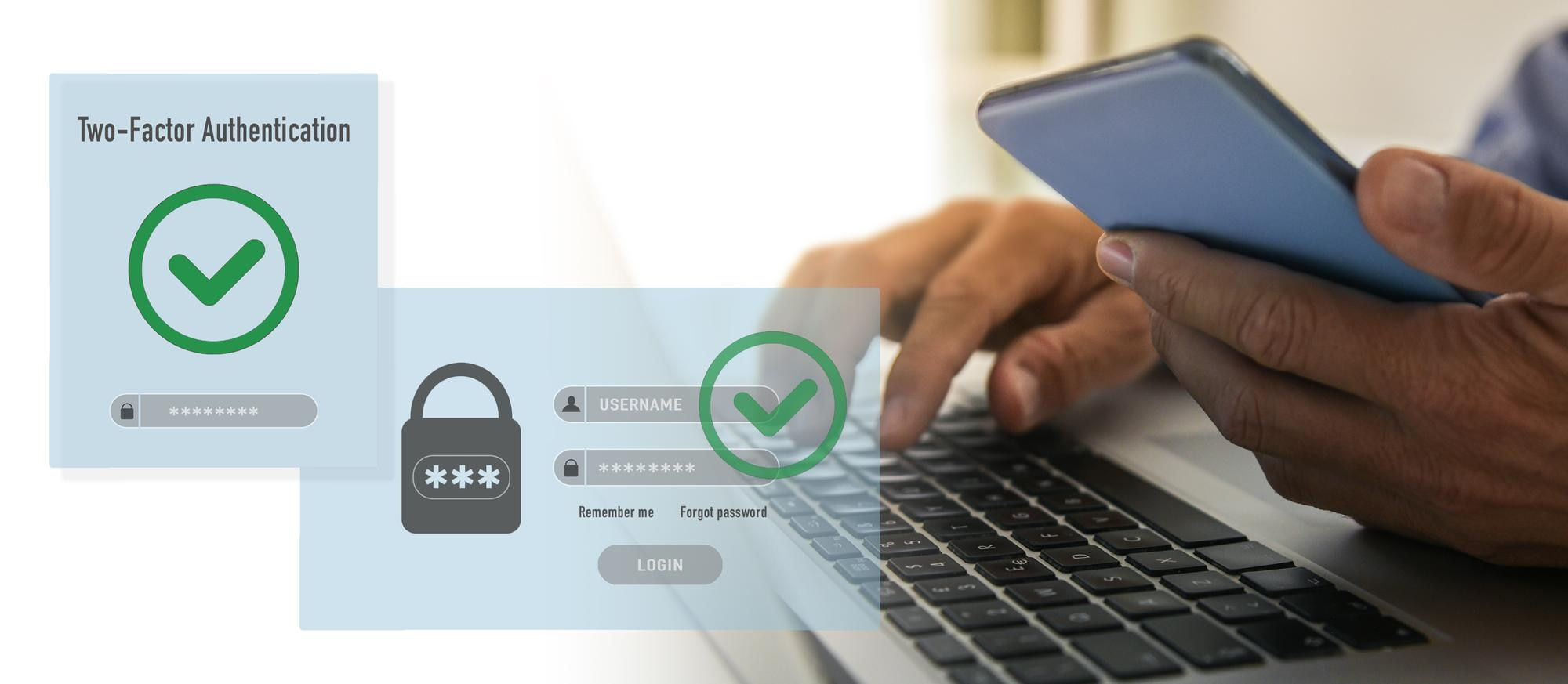Is Skype HIPAA Compliant?
Skype is one of the most popular communication apps out there. It allows for easy video and audio calls as well as instant messaging between...
12 min read
Alvin Amoroso : 7/2/25 4:43 PM

The rise of telehealth has transformed healthcare delivery, making remote consultations more accessible than ever. However, this convenience comes with a critical responsibility: protecting patient privacy. This article provides a definitive guide to the best hipaa compliant video conferencing solutions, ensuring your practice remains secure and trustworthy. The first and most crucial step in this process is choosing a platform that not only offers robust security features but is also willing to sign a Business Associate Agreement (BAA), a legal contract that holds them accountable for safeguarding Protected Health Information (PHI). A proper hipaa compliant video conference is non-negotiable in today's healthcare landscape.
In this comprehensive review, we will explore the top 13 hipaa compliant video platforms designed for healthcare professionals. We'll break down their key features, analyze their commitment to HIPAA, and provide insights to help you select the perfect tool for your needs. Whether you're a solo practitioner or part of a large hospital system, this guide will equip you with the knowledge to navigate the complex world of secure telehealth communication.
The Health Insurance Portability and Accountability Act (HIPAA) is a US federal law that establishes national standards to protect sensitive patient health information from being disclosed without the patient's consent or knowledge. This information, known as Protected Health Information (PHI), includes any data that can be used to identify a patient, such as their name, address, medical records, and even appointment details.
For a hipaa compliant video conference, this means more than just having a secure connection. The platform itself must have specific administrative, physical, and technical safeguards in place. The most critical element is the vendor's willingness to sign a Business Associate Agreement (BAA). A BAA is a legally binding contract between a healthcare provider (a "covered entity") and a service provider (a "business associate") that details how PHI will be protected. Without a signed BAA, a video conferencing platform cannot be considered HIPAA compliant, no matter how secure its technology may seem. Using non-compliant hipaa compliant video platforms can lead to severe penalties, including hefty fines and damage to your professional reputation.
When evaluating hipaa compliant video platforms, it's essential to look beyond marketing claims and focus on specific, tangible features that ensure security and compliance. A truly secure platform will offer a multi-layered defense to protect patient data at every stage of communication.
Here are the non-negotiable features every healthcare provider should demand from their hipaa compliant video conferencing solution:
Choosing the right platform is a critical decision. Here is a detailed review of 13 leading solutions that prioritize security and are built for the unique needs of healthcare providers.
Curogram is an all-in-one patient engagement platform that excels in streamlining communication through HIPAA-compliant texting and an integrated telemedicine solution. It's designed to reduce administrative burdens and enhance the patient journey.
Zoom rose to household name status for general video calls, but its Zoom for Healthcare plan is a specifically designed, separate offering. It's a robust and reliable choice for organizations of all sizes, from small private practices to large hospital networks, making it a top contender among hipaa compliant video platforms.
Google Meet, when part of a paid Google Workspace subscription, can be configured for HIPAA compliance. It's an excellent option for practices already using Google's suite of productivity tools and in need of a hipaa compliant video conference solution.
For organizations embedded in the Microsoft ecosystem, Microsoft Teams is a powerful and secure option. It's more than just a video tool; it's a full collaboration hub that can be made HIPAA compliant for all your hipaa compliant video conferencing needs.
Doxy.me is one of the most popular platforms built specifically and exclusively for telemedicine. Its tagline, "Simple, free, and secure telemedicine," highlights its core strengths as a leading choice for hipaa compliant video conferencing.
VSee has been a long-standing player in the telehealth space, known for its reliability even in low-bandwidth situations. It's a comprehensive platform designed by physicians for physicians, making it a veteran among hipaa compliant video platforms.
SimplePractice is an all-in-one practice management solution for health and wellness professionals that includes a fully integrated telehealth feature, ensuring every hipaa compliant video conference is part of a larger, secure workflow.
From the networking giant Cisco, Webex for Healthcare is an enterprise-grade solution that brings powerful security and collaboration tools to the clinical setting, setting a high bar for hipaa compliant video conferencing.
A well-known name in the business conferencing world, GoTo Meeting also offers a HIPAA-compliant solution for healthcare providers, backed by LogMeIn's robust infrastructure, making it a reliable choice among hipaa compliant video platforms.
Spruce Health is a modern communication platform built for healthcare. It goes beyond video to offer secure texting, phone calls, and team collaboration in a single, HIPAA-compliant app, including a secure hipaa compliant video conference feature.
Mend is a comprehensive telehealth and patient engagement platform that aims to reduce no-shows and improve the patient experience with a simple, user-friendly interface, making every hipaa compliant video conference a smooth process.
Updox provides a suite of communication and productivity tools for healthcare providers, with Video Chat being a key component of their telehealth offerings and a solid choice for hipaa compliant video conferencing.
Specifically designed for mental health and therapy practices, TheraNest is a practice management system that includes an integrated telehealth feature, making it one of the most specialized hipaa compliant video platforms.
|
Platform |
Best For |
Key Differentiator |
BAA Availability |
|
Curogram |
Patient engagement & automation |
Integrated texting and video |
All plans, BAA included |
|
Zoom for Healthcare |
All-around use, large organizations |
Familiarity and robust features |
Paid plans with BAA |
|
Google Workspace |
Practices using Google's ecosystem |
Seamless integration |
All paid Workspace plans |
|
Microsoft Teams |
Practices using Microsoft 365 |
Full collaboration hub |
Business/Enterprise plans |
|
Doxy.me |
Solo practitioners, ease of use |
Free, compliant tier; browser-based |
All plans, including free |
|
VSee |
Low-bandwidth environments |
Reliability and device integration |
Paid plans with BAA |
|
SimplePractice |
All-in-one practice management |
Integrated workflow |
All paid plans |
|
Webex for Healthcare |
Enterprise, high-security needs |
Enterprise-grade security |
Healthcare plans with BAA |
|
GoTo Meeting |
Straightforward, reliable video |
Simplicity and reliability |
Business plans with BAA |
|
Spruce Health |
Unified communication (text, call, video) |
All-in-one communication app |
All paid plans |
|
Mend |
Patient experience and engagement |
Focus on reducing no-shows |
Enterprise-level plans |
|
Updox |
Streamlining patient communication |
Part of a larger communication suite |
Subscription plans |
|
TheraNest |
Mental health and therapy practices |
Tailored for therapists |
All subscription plans |
Choosing a platform is just the first step. Proper implementation is key to maintaining compliance.
In the context of technology, "HIPAA compliant" means that a service or software meets the specific security and privacy standards outlined in the Health Insurance Portability and Accountability Act. This includes having technical safeguards like encryption and access controls, administrative policies, and physical security measures. Crucially, a vendor handling PHI must sign a Business Associate Agreement (BAA) with the healthcare provider.
As detailed in this article, numerous video software options can be HIPAA compliant, provided they are configured correctly and are covered by a BAA. Leading options include dedicated telehealth platforms like Doxy.me, Curogram, and VSee, as well as configurable business platforms like Zoom for Healthcare, Google Meet (with Google Workspace), and Microsoft Teams. The key is that the provider must offer a BAA for its hipaa compliant video platforms.
Yes, there is. Zoom for Healthcare is a specific paid plan designed for clinical use. It is different from the standard free or basic paid versions of Zoom. To be compliant, a healthcare provider must subscribe to a plan that offers a BAA and ensure that the agreement is signed and in effect for their hipaa compliant video conference sessions.
Yes, Google Meet can be HIPAA compliant. However, this compliance is not automatic. A healthcare provider must have a paid Google Workspace subscription and the administrator must review and accept Google's BAA. Using a personal, free Google account for telehealth would not be HIPAA compliant.
Generally, no. Standard consumer versions of services like Apple's FaceTime and Microsoft's Skype are not HIPAA compliant. They do not offer a Business Associate Agreement (BAA), which is a non-negotiable requirement for handling Protected Health Information (PHI) during a hipaa compliant video conference. While Skype for Business (now part of Microsoft Teams) can be compliant, the free, consumer version cannot.
Using a non-compliant platform for telehealth can have severe consequences. It constitutes a HIPAA violation, which can result in significant financial penalties from the Office for Civil Rights (OCR), potentially ranging from thousands to millions of dollars. Beyond fines, it can lead to corrective action plans, reputational damage, loss of patient trust, and civil lawsuits.
The world of telehealth is constantly evolving. We are seeing a move towards deeper integration with Electronic Health Record (EHR) systems, allowing for seamless data flow between the video consultation and the patient's chart. Furthermore, the integration of Artificial Intelligence (AI) for tasks like automated note-taking and real-time translation is on the horizon. As technology advances, the emphasis on robust, user-friendly security will only grow, making the choice of a reliable, hipaa compliant video conferencing platform more important than ever.
The adoption of telehealth is no longer an option but a core component of modern healthcare. However, the convenience of virtual visits must be built on a foundation of absolute security and trust. Choosing a truly hipaa compliant video conferencing platform by prioritizing features like end-to-end encryption, access controls, and, most importantly, the availability of a Business Associate Agreement is paramount. A secure hipaa compliant video conference is the bedrock of modern virtual care.
The 13 hipaa compliant video platforms reviewed in this guide represent the best options available today for safeguarding patient information while delivering high-quality care. By performing due diligence, implementing your chosen platform correctly, and staying informed, you can confidently offer telehealth services that are not only effective but also secure and fully compliant with HIPAA regulations.
.jpg)
Skype is one of the most popular communication apps out there. It allows for easy video and audio calls as well as instant messaging between...

In today's hyper-connected world, text messaging has become a dominant form of communication – quick, convenient, and almost universally adopted....
.jpg)
Healthcare still relies on fax machines. It is a miracle that this obsolete piece of technology entered the twenty-first century at all. Medical...